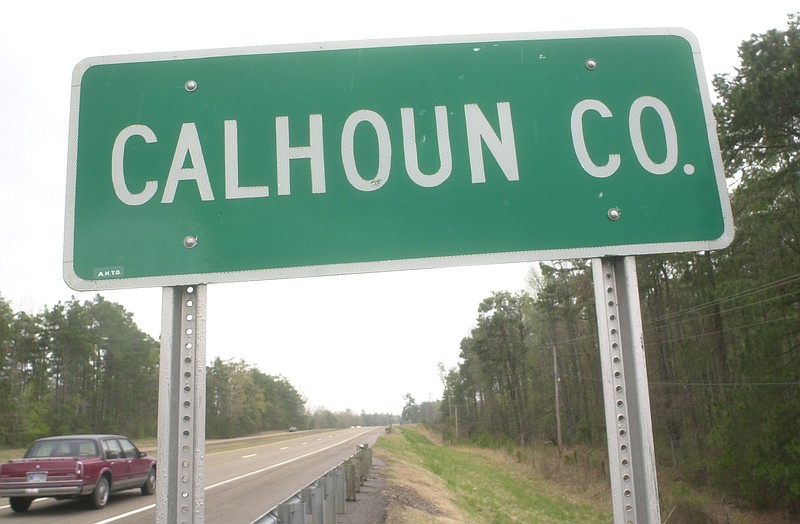Residents of Hampton were allowed to return home Friday afternoon after evacuating Thursday night because of an anhydrous ammonia leak, said Calhoun County Sheriff Vernon Morris.
Morris said a trackhoe being operated at Arkansas Gravel Co. ruptured an ammonia pipeline and wind took the vapor a couple of miles from the quarry into southwest Hampton.
About 180 homes were evacuated, Morris said -- some to the First Baptist Church in Hampton and the Fordyce Civic Center and others to Warren or Camden.
It was a "very serious situation," he said.
Morris said NuStar Energy L.P. of San Antonio, Texas, which owns the pipeline, had crews at the site Friday afternoon and more workers on the way.
The ammonia leak was discovered about 7 p.m. Thursday, Chris Cho, a spokesman for NuStar, said in an email.
"NuStar personnel immediately implemented response procedures, which involved shutting down the pipeline and dispatching personnel to minimize the impact of the release," Cho said.
"There were no reported injuries but out of an abundance of caution, we evacuated residents who live within a 2.5-mile radius of the pipeline. We have also contacted all appropriate emergency response and regulatory officials and are working closely with local authorities to secure and monitor the area," the email said.
Anhydrous ammonia -- the chemical compound NH3 -- is the foundation for all nitrogen fertilizers, according to The Fertilizer Institute.
"When anhydrous ammonia is applied directly into the soil, it is a pressurized liquid that immediately becomes a vapor after leaving the storage tank," according to the institute. "Anhydrous ammonia is always injected at least 10 to 20 cm [centimeters] below the soil surface to prevent its loss as a vapor back to the atmosphere. Various types of tractor-drawn applicators are used to place the NH3 in the correct location."
According to the Centers for Disease Control and Prevention, ammonia is a lung-damaging agent.
"Ammonia is a toxic gas or liquid that, when concentrated, is corrosive to tissues upon contact," according to the CDC. "Exposure to ammonia in sufficient quantities can be fatal."
